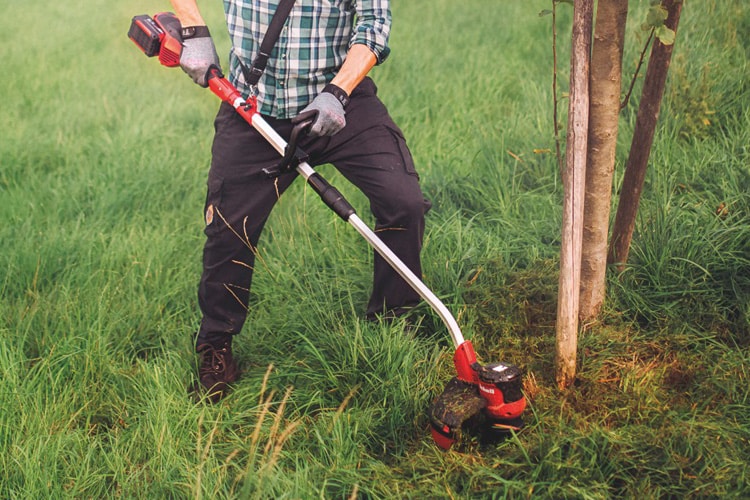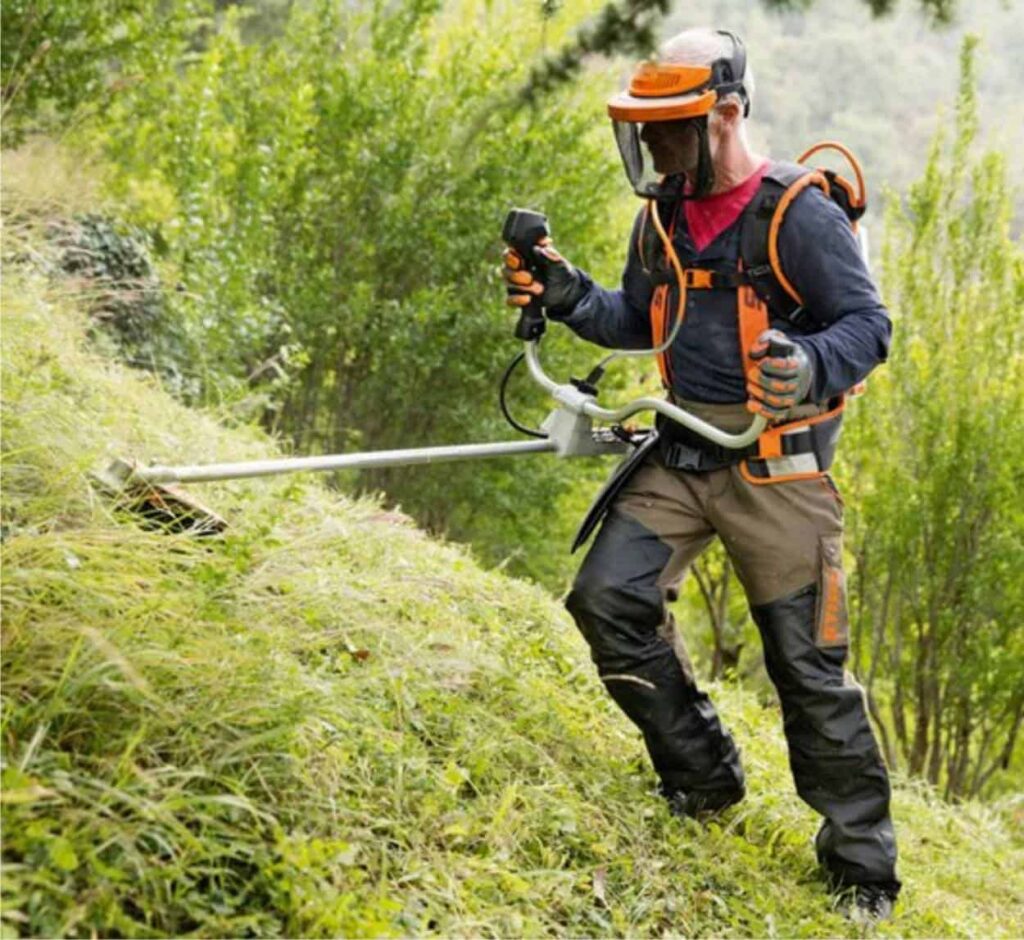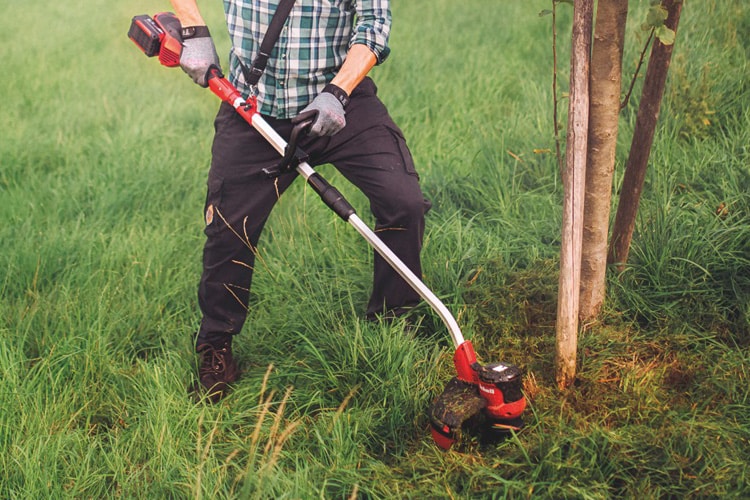A brush cutter is an essential tool for keeping the garden clean and tidy. However, after frequent use, the trimmer line may become worn or broken and therefore needs to be replaced. In this article, we’ll walk you through the step-by-step process of replacing a brushcutter so you can get back to gardening without a problem.
Video for the article at the bottom of the page
Wire types for brush cutters

When you decide to replace the thread of your brushcutter, you should know that there are many threads that can vary depending on various factors, including the material of manufacture, shape and thickness.
- Material:
– Nylon cord: This is the most common type of cord for brush cutters. It is light, durable and suitable for cutting grass and small weeds. Nylon is available in a variety of strength and durability options.
– Reinforced polymer thread: These threads are made by combining nylon with other materials such as carbon. They offer longer life and better performance when cutting tough weeds. - Form:
– Round wire: This is the most common form of wire for brush cutters. It is versatile and suitable for most cutting jobs. It is effective on grass and light weeds.
– Square Wire: This type of wire has a flat or square shape. It offers more strength and better cutting ability for thicker weeds and light bushes.
Star wire: It has a multi-pronged cross-section in the shape of a star. This range is ideal for cutting tough grass, shrubs and small trees. Its unique shape offers greater cutting performance. - Thickness:
– Trimming cord is available in various thicknesses, commonly expressed in inches or millimeters. The thickness affects the strength and cutting ability of the wire. Thinner strands are suitable for light grass, while thicker strands are stronger and suitable for tougher weeds and bushes.
It is important to consider the type of vegetation being cut and the trimmer manufacturer’s recommendations to determine the best line for your needs. Make sure you use the correct line to get the best performance and not damage the trimmer.
How to replace brush cutter line

- Phase 1: Preparation
Be sure to turn off the trimmer and remove the spark plug before starting to replace the string to prevent accidental starting. Wear protective gloves and safety glasses to protect yourself from splinters or debris. - Step 2: Choosing the right thread
There are different types of brush cutters available in the market, each with specific features. Make sure you choose a line that suits your needs, considering the type of vegetation you need to cut. Also check the specifications recommended by the manufacturer of your brushcutter. - Step 3: Remove the old thread
To remove the old string, hold the trimmer head firmly and unscrew the head cover in a counter-clockwise direction. At this point you can remove the old string from the trimmer head. - Stage 4: preparing a new thread
Cut a new piece of string to a suitable length, usually between 4 and 6 metres, depending on the size of your string head. Read the manufacturer’s instructions carefully to determine the recommended length. - Step 5: Install the new wire
Insert one end of the wire into the attachment hole of the brushcutter head. Follow the arrows or instructions on the trimmer head to properly wind the line. Make sure the thread is wound neatly and evenly to avoid problems during use. - Step 6: Attaching the wire
Once the thread is wound, fasten it securely to the cassette holders or hooks. Make sure it is secured, but also leave enough space to avoid damaging the head during use. - Step 7: Reset the head
Place the head cover on the body of the trimmer and screw it clockwise until it is secured. Make sure the cap is tightened securely, but avoid over-tightening as this may damage the thread take-up mechanism.
Considerations
Replacing the string is a relatively simple operation, but requires attention and safety precautions. If you follow this step-by-step guide, you’ll be able to properly replace the wire and be back to gardening in no time. Always remember to read the specific instructions for your brushcutter and be careful throughout the process to ensure a safe and efficient replacement.
Illustrative video:

